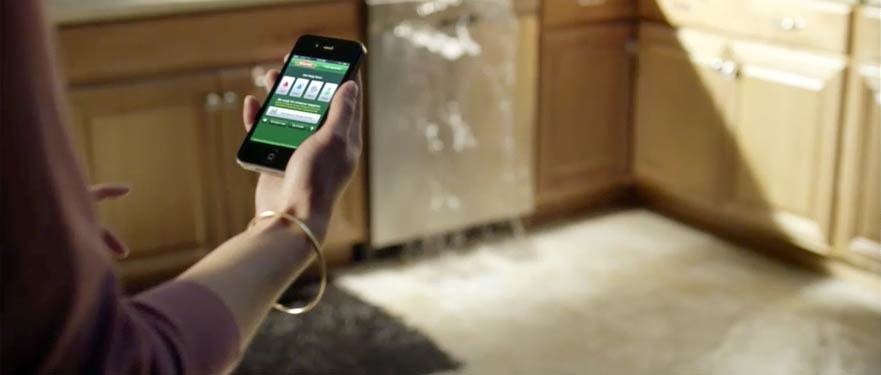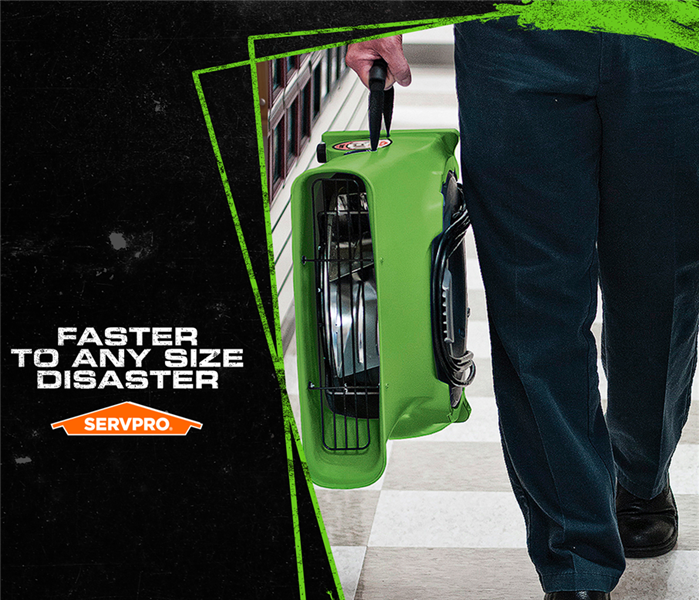
Water Damage Emergency Tips
What you can do until help arrives
Water Tips | Fire Tips | Biohazard Tips | Mold Tips
How Does Water Damage a Yakima Home?
Water moving through Yakima properties has the potential to cause extensive damage. Depending on the underlying cause of these conditions, a home can be rapidly overwhelmed by spreading standing water and pooling. The first 48 hours become a critical timeline for restoration and mitigation steps to begin, as beyond this point, exposed building materials and structural elements can experience various types of concerns:
- Structural weakening
- Sagging or collapsed construction materials
- Mold colony development
- Surface soiling or staining
Moisture is another concern after this exposure period, as saturation of installed building materials can allow migration of these damp pockets to inaccessible areas. Too often, homeowners treat surface water without recognizing moisture damage beyond what they can see.
What Happens After You Discover Water Damage?
With Yakima homes suffering water damage, contacting competent restoration professionals is a vital first step. Our fast mobilization allows us to quickly get boots on the ground to help with emergency services like extraction, mold prevention, and cleanup.
There are limitations to what homeowners can do in the brief time before SERVPRO arrives to begin mitigation. Safety must remain the utmost concern, so actions to regulate the movement of moisture or water’s impact on contents and building materials are not always possible. Property owners can:
- Move contents to a safe space when possible
- Open doors or windows to increase airflow and ventilation
- Communicate with your insurance provider
Have A Water Damage Emergency? Call (509) 972-6707
What To Do After Flooding
- Remove excess water by mopping and blotting.
- Wipe excess water from wood furniture after removal of lamps and tabletop items.
- Remove and prop wet upholstery and cushions.
- Place aluminum foil or wood blocks between furniture legs and wet carpeting.
- Turn air conditioning on for maximum drying in summer.
- Remove colored rugs from wet carpeting.
- Remove art objects to a safe, dry place.
- Gather loose items from floors.
What NOT To Do After Flooding
- Don't leave wet fabrics in place. Hang furs and leather goods.
- Don't leave books, magazines or other colored items on wet carpet or floors.
- Don't use your household vacuum to remove water.
- Don't use television or other household appliances.
- Don't turn on ceiling fixtures if ceiling is wet, and keep out of rooms where ceilings are sagging.

 24/7 Emergency Service
24/7 Emergency Service



